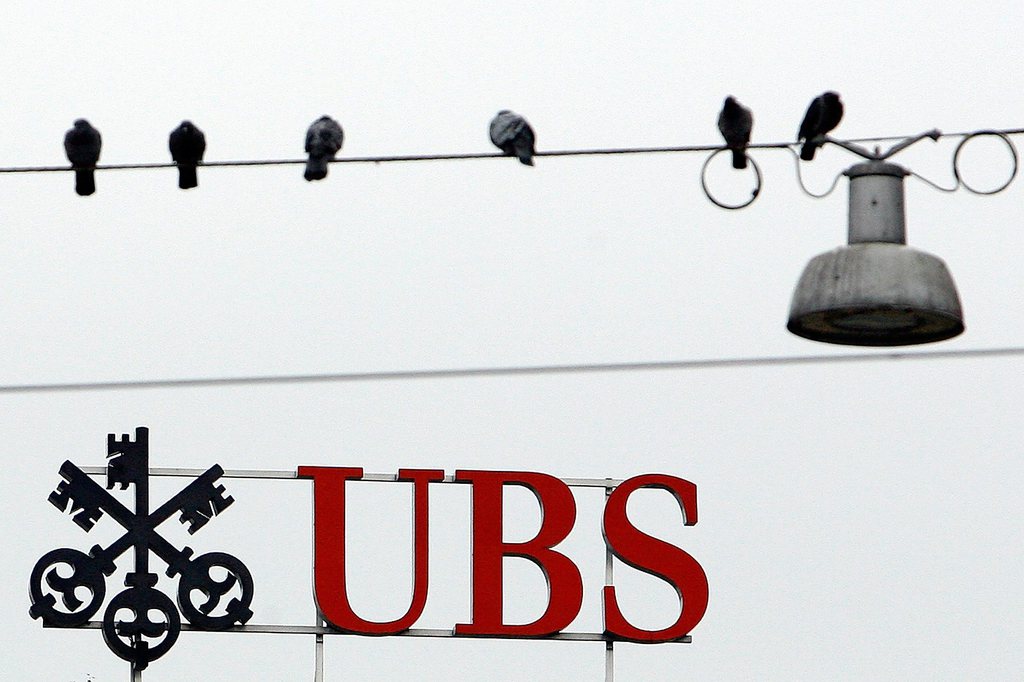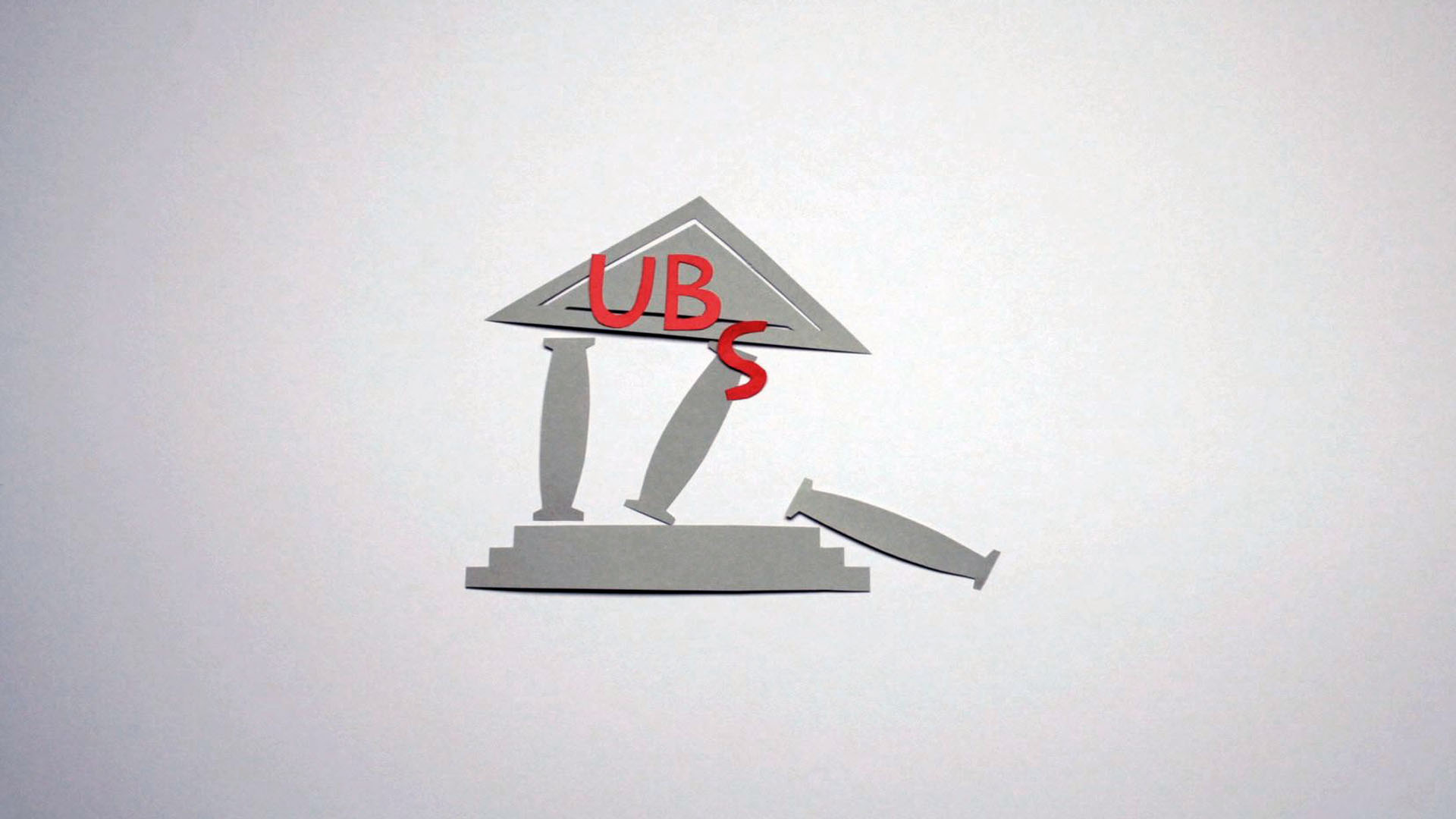UBS buys back StabFund

Swiss bank UBS has paid $3.762 billion (CHF3.44 billion) to buy back the stabilisation fund (StabFund) set up five years ago to bail it out during the financial crisis, the Swiss National Bank (SNB) announced on Friday.
The rescue of UBS and the winding up of the StabFund ends a painful chapter in the history of the Swiss financial sector. It has left the SNB with a total $5.4 billion windfall from the bailout, also taking into account $1.6 billion interest payments made from the StabFund.
The StabFund absorbed $38.7 billion of UBS’s toxic debt related assets at the end of 2008, underpinned by a $25.8 billion loan from the central bank. UBS paid back this loan in August, allowing it to buy back $6.5 billion of assets remaining in the fund that had not been sold off by the SNB.
Under the terms of the buyback agreement, UBS must make an upfront payment of $1 billion to the SNB plus half the value of the remaining StabFund assets.

More
How a bad bank saved the Swiss economy
“Successful conclusion”
“For the SNB, the transfer of the StabFund to UBS represents the successful conclusion of a challenging undertaking and one which, for the SNB, was out of the normal run of business,” the SNB said in a statement, adding that the repayment would have a favourable impact on its 2013 annual result.
“However, attaining a profit was never an objective in its own right. The prime reason for the establishment of the StabFund was its contribution to strengthening the Swiss financial system,” added the SNB.
Thomas Jordan, SNB chairman and president of the StabFund’s board of directors, said he was satisfied that the “bad bank” had achieved its objectives.
But he counselled against the success of the StabFund leading to future complacency. The state should never again be put into the position of having to rescue a failing bank, he said.
“The financial success of the StabFund is not reason enough to endorse government bailout of banks,” he told a news conference in Zurich, adding that “too big to fail” legislation should be rigorously implemented to prevent a reoccurrence of the UBS saga.
In the autumn of 2007, with the debt crisis beginning to look threatening, the Swiss authorities looked into ways of propping up big banks UBS and Credit Suisse.
In the spring of 2008 the bailout of US bank Bear Stearns prompted the SNB to begin drawing up a plan to take on UBS’s toxic assets. The collapse of US bank Lehman Brothers in the September accelerated the crisis.
The plan was put into action from October 16, 2008. The StabFund was designed to take up to $60 billion of assets, but “only” $38.7 billion was transferred.
After recording initial losses, the “bad bank” climbed into the black and UBS recovered to pay off the SNB collateral loan in August 2013, three years earlier than planned.
On November 7, 2013 UBS bought back the remaining assets in the StabFund.
UBS benefits
The news of the StabFund buyback was expected as UBS had announced this intention in July. The SNB gave its approval in August once the loan was finally repaid.
The Swiss government also made more than CHF1 billion from its part in UBS’s bailout rescue, having bought and then sold a sizeable stake in the struggling bank to grant it emergency liquidity.
UBS did not comment on the buy back on Friday, but the bank had outlined the benefits of the deal when it announced its intention of taking over the rump of the StabFund in July.
The remaining assets in the StabFund would help boost the bank’s capital and bolster its resistance to potential future shocks, UBS stated this summer.

In compliance with the JTI standards
More: SWI swissinfo.ch certified by the Journalism Trust Initiative










You can find an overview of ongoing debates with our journalists here . Please join us!
If you want to start a conversation about a topic raised in this article or want to report factual errors, email us at english@swissinfo.ch.